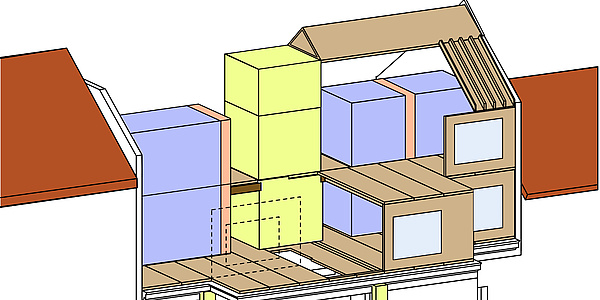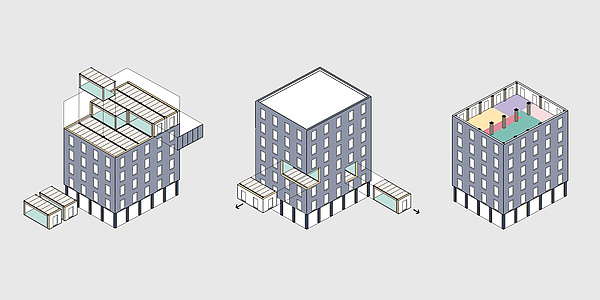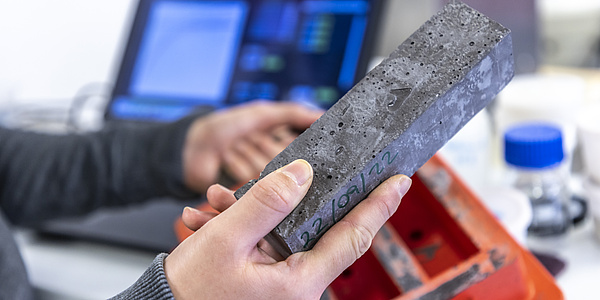GAM 21 “Confronting the Environmental Crisis: New Approaches in Architecture”
![[Translate to Englisch:]](https://www.tugraz.at/fileadmin/_processed_/5/8/csm_Banner3_GAM21-OutNow_2zu1_19a9ddc44a.jpg)
The construction industry is responsible for a large proportion of global greenhouse gas emissions. Without a fundamental change in the design of buildings and the materials used, it will not be possible to achieve the climate targets. The new issue of Graz Architecture Magazine, ‘Confronting the Environmental Crisis: New Approaches in Architecture’, brings together perspectives and proposals from international experts on how the industry's ecological transformation can succeed.
Merging with the landscape
At the beginning of the issue, Brazilian philosopher and activist Ailton Krenak discusses the separation of humans and nature. Krenak's appeal not to ‘influence the landscape, but to merge with it’ provides the contextual framework for the following articles.
Scientific basis
The second chapter of GAM 21 provides the scientific basis for low-carbon design and construction. Greg Foliente, Carlos Enrique Caballero-Güereca and Nicolas Alaux outline the climate targets and remaining CO2 emission budgets. Ida Karlsson describes how a systematic approach and increased collaboration along the entire construction value chain can contribute to a comprehensive decarbonisation of the construction sector.
Material diet for buildings
The third chapter focuses on practical approaches to sustainable architecture and construction. Guillaume Habert, Verena Göswein, Olga Beatrice Carcassi and Francesco Pittau, for example, propose a ‘material diet’ for buildings that is based on the food pyramid: The top of the pyramid is made up of materials with a high CO2 footprint, which should be used as sparingly as possible. The base is provided by renewable raw materials such as wood and straw, which - when used as load-bearing structures, flooring or insulating material - serve as a CO2 sink. Philippe Rahm describes building designs that take physical principles into account and utilise the thermal energy within a building to keep the energy required for heating and cooling to a minimum. And Klaus K. Loenhart presents the “'Grüne Erde Breathing Headquarters”', an example of biometereological design that integrates plants into the architecture.
Education as the key
The final chapter emphasises the importance of education for the ecological transition. Vanessa Gomes and Matt Roberts, for example, argue in favour of life cycle analysis becoming an integral part of architecture studies. And Stefano Corbo explains how TU Delft is applying the pedagogical model ‘Resilience by Design’ to its architecture programme.
GAM 21 will be available in bookshops from 20 May 2025 and can also be ordered directly from JOVIS Verlag.




